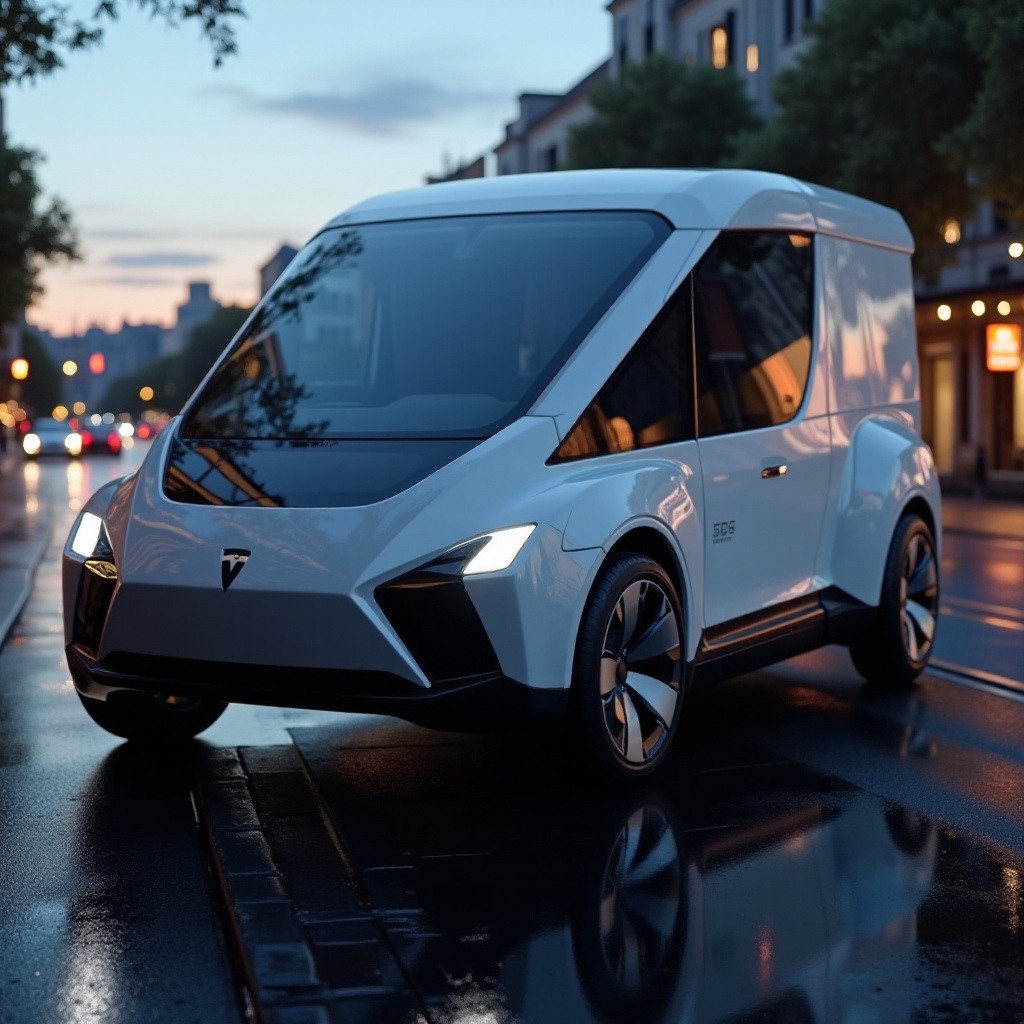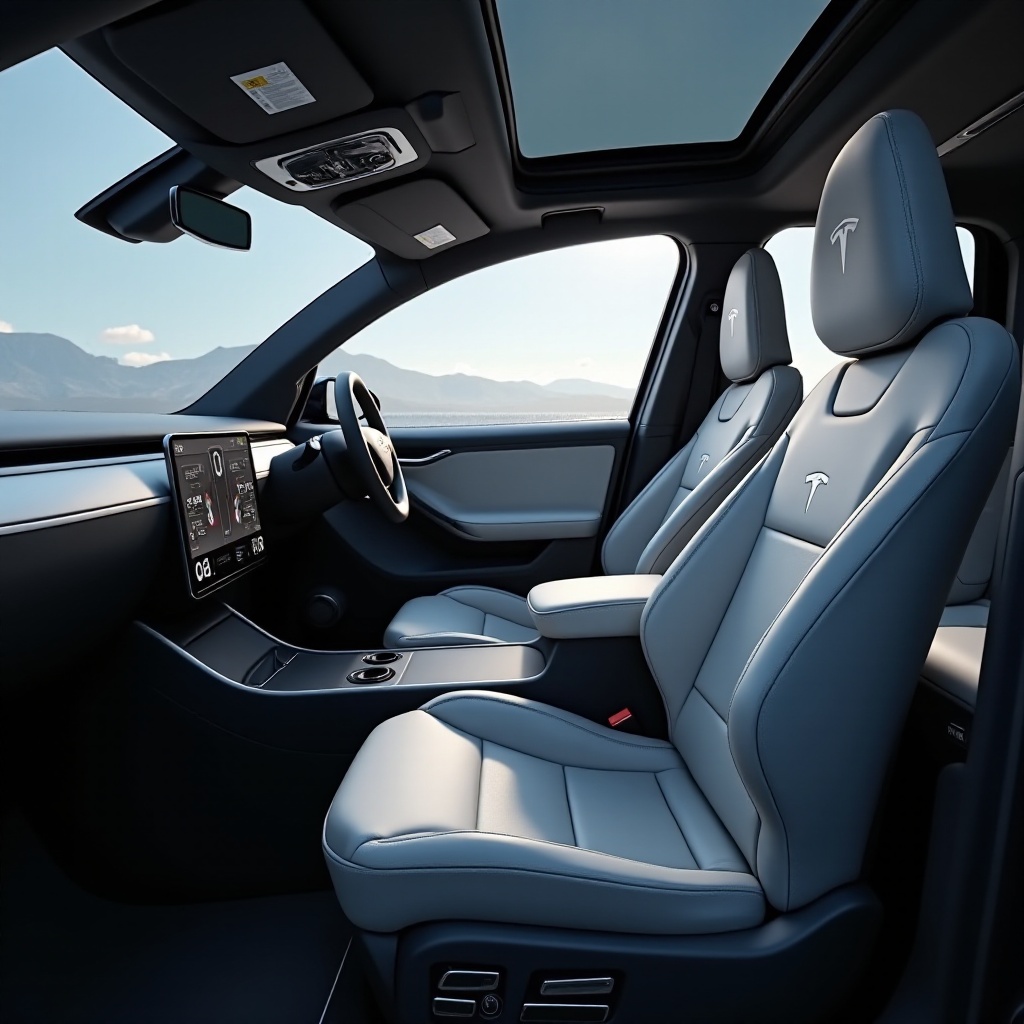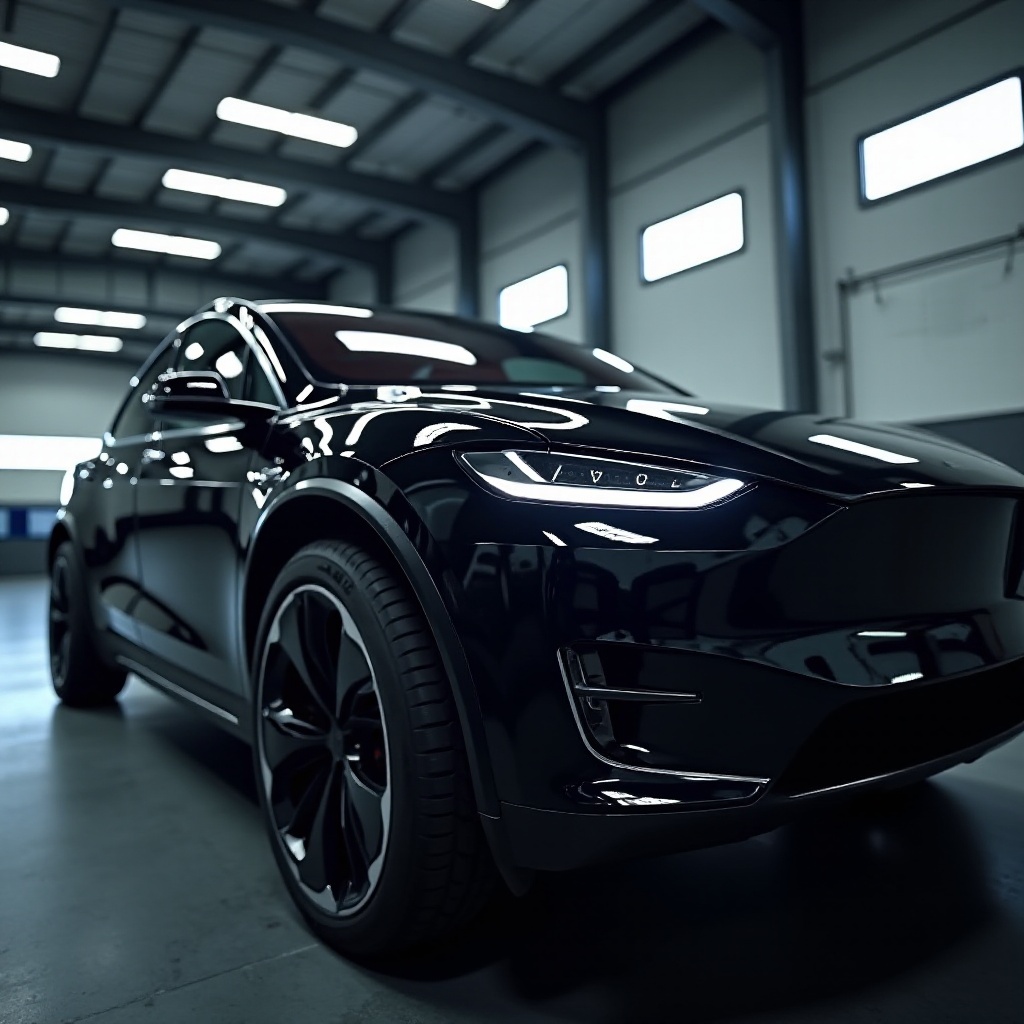Introduction
Safety on the road is paramount for drivers and passengers alike. With the advent of electric vehicles (EVs), questions often arise about their safety features compared to traditional vehicles. Tesla’s Cybertruck, with its futuristic design, has garnered much attention since its unveiling. Potential buyers and automobile enthusiasts frequently ask whether this avant-garde vehicle is equipped with essential safety features such as airbags.
In this article, we will delve into the safety considerations Tesla made while designing the Cybertruck, provide a detailed breakdown of its airbag system, compare its safety features to other New Energy Vehicles (NEVs), review Tesla’s safety ratings and test results, and explore technological enhancements beyond airbags. By the end, you will have a comprehensive understanding of the Cybertruck’s safety capabilities.

Cybertruck’s Design and Safety Considerations
Tesla’s Cybertruck boasts an angular, unconventional design that aims to combine utility with ultimate durability. The exoskeleton is constructed from ultra-hard 30X cold-rolled stainless steel, making it incredibly robust against impact and corrosion. This structural rigidity is the foundation of its safety profile.
When conceiving the Cybertruck, Tesla engineers prioritized the protection of occupants through innovative design choices. The absence of a traditional crumple zone, which is often criticized as a potential disadvantage, is counterbalanced by the use of high-strength materials. This design keeps the cabin protected during a collision by redistributing the forces away from occupants.
Equally vital are the interiors designed for maximum safety. The use of sustainable materials adds an extra layer of protection. Being an electric vehicle, the Cybertruck also benefits from a significantly lower center of gravity due to the placement of its battery pack, minimizing the risk of rollovers and enhancing overall stability and control.
Detailed Breakdown of the Cybertruck’s Airbag System
The heart of any vehicle’s passive safety system is its airbags. The Tesla Cybertruck is outfitted with a comprehensive airbag system designed to protect occupants in various types of collisions. Standard in all seating positions are:
- Frontal Airbags: These deploy to protect the driver and front passenger in the event of a frontal collision, reducing the risk of head and chest injuries.
- Side-Impact Airbags: Located in the front seats, these provide additional protection during side collisions by cushioning the impact against the chest and abdomen.
- Curtain Airbags: Running along the length of the cabin, these airbags offer head protection for all passengers, particularly during side-impact collisions and rollovers.
What sets Tesla’s airbag system apart is the integration of advanced sensors and machine learning algorithms. These sensors detect the severity of a crash and deploy airbags accordingly, ensuring appropriate inflation levels and reducing potential airbag-related injuries. The use of intelligent systems helps in providing enhanced protection tailored to specific accident scenarios.
In terms of maintenance, Tesla has simplified the diagnosis and repair of airbags through its connected car technology. With over-the-air diagnostics, any issues with the airbag system can be quickly identified and addressed, ensuring that the vehicle always meets safety standards.

How Cybertruck’s Airbags Compare with Other NEVs
Comparing the Cybertruck to other New Energy Vehicles highlights a few distinctive advantages. While most NEVs, including models from competitors such as Rivian and Lucid Motors, offer advanced airbag systems, Tesla’s Cybertruck stands out due to its integrated technology.
- Sensor Fusion: Tesla uses a combination of ultrasonic sensors, cameras, and radar to deliver a comprehensive safety net, complementing the airbag system.
- Machine Learning: The AI-driven approach enables the Cybertruck to continually improve its response to crash scenarios, potentially outperforming the airbags in competitor vehicles that rely solely on preset parameters.
However, it’s worth noting that other brands are also making strides in airbag technology. For example, Rivian’s R1T features knee airbags, which the Cybertruck does not currently offer. Overall, the distinction lies in the advanced tech integration unique to Tesla’s approach.
Tesla’s Safety Ratings and Test Results
A critical measure of a vehicle’s safety is its performance in crash tests. Tesla vehicles consistently secure high safety ratings, and the Cybertruck is expected to maintain this tradition despite its unconventional design.
The National Highway Traffic Safety Administration (NHTSA) and the Insurance Institute for Highway Safety (IIHS) are the standard bearers for vehicular safety evaluations. Preliminary tests indicate that the Cybertruck will receive top scores, similar to its siblings like the Model 3 and Model S, both of which are five-star rated.
Moreover, real-world data from Tesla’s existing fleet, which continually feeds back via their connected systems, adds another layer of confidence in the Cybertruck’s safety promises. Although detailed ratings for the Cybertruck are pending, Tesla’s history suggests strong results are on the horizon.

Technological Enhancements Beyond Airbags
While airbags are a critical safety measure, the Cybertruck’s suite of technological enhancements elevates its safety profile further. Key features include:
- Autopilot: Tesla’s driver-assistance system uses advanced sensor suites to provide features like adaptive cruise control, lane-keeping assistance, and collision warnings.
- Full Self-Driving Capability: As software updates roll out, the potential for full self-driving becomes more feasible, promising enhanced safety through reduced human error.
- Over-the-Air Updates: Continuous improvement of the safety algorithms ensures the Cybertruck remains at the cutting edge long after purchase.
These innovations signify Tesla’s commitment to not only match but exceed conventional safety standards by leveraging technology.
Conclusion
The Tesla Cybertruck, with its futuristic design, promises to be as safe as it is innovative. Its airbag system, when combined with the intrinsic strength of its exoskeleton and advanced technological features, positions it as a leader in automotive safety. As more test results emerge, this EV is poised to set new benchmarks for safe, sustainable transportation.
Frequently Asked Questions
How many airbags does the Cybertruck have?
The Cybertruck features a comprehensive airbag system including frontal airbags, side-impact airbags in the front seats, and curtain airbags along the length of the cabin.
Are the Cybertruck’s airbags different from other Tesla models?
While the general principles remain the same, the Cybertruck’s airbag system benefits from unique integration with Tesla’s advanced sensor and machine learning technologies, tailored specifically to its design.
Can the Cybertruck’s airbag system be upgraded in the future?
Tesla’s commitment to continuous improvement through over-the-air updates suggests that while physical components may remain unchanged, the software governing airbag deployment can be enhanced, offering better protection over time.
